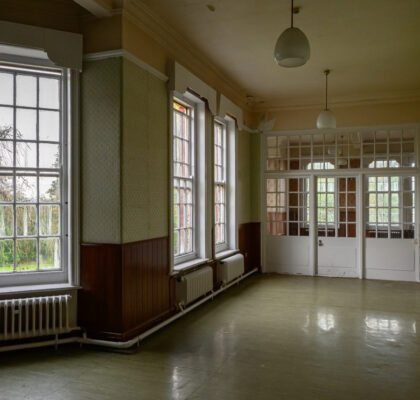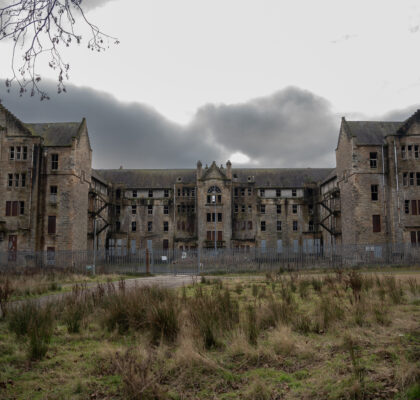It is easy to forget the horrors of war, and somehow believe that passing time creates a sort of ‘distance’ between our realities of today and the terrible realities faced in times of conflict. As we experience the present right now, many individuals just like us experienced the present whilst at war, preparing for war, or suffering from it. To them; then was the ‘now’. Graphic stories and films can give us a brutal impression of what wartime was like, but it is a truth that what whole generations experienced was many times worse. We will remember not just those who gave their lives for a greater good, but those who were prepared to also; both at home and abroad. – Word from BTP Liam
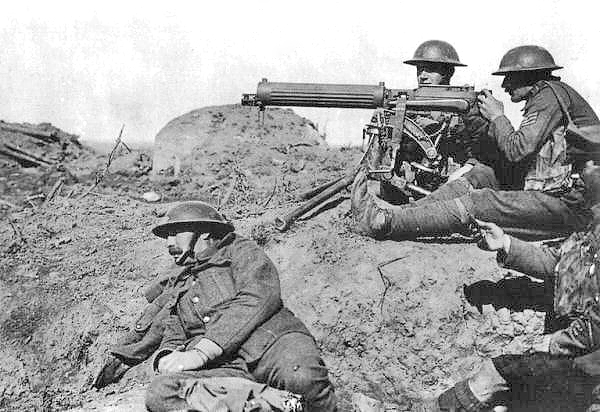
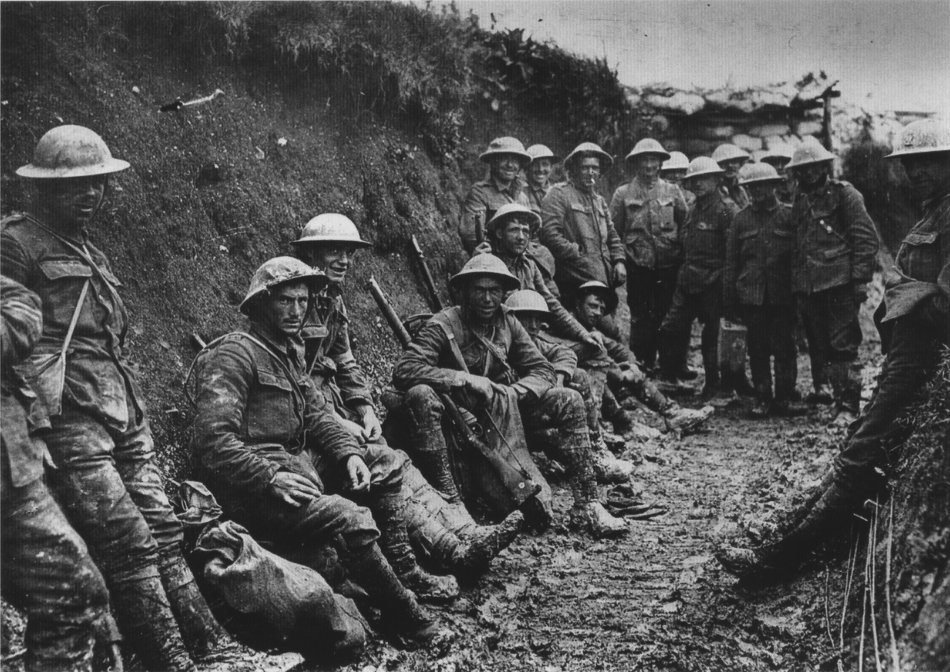

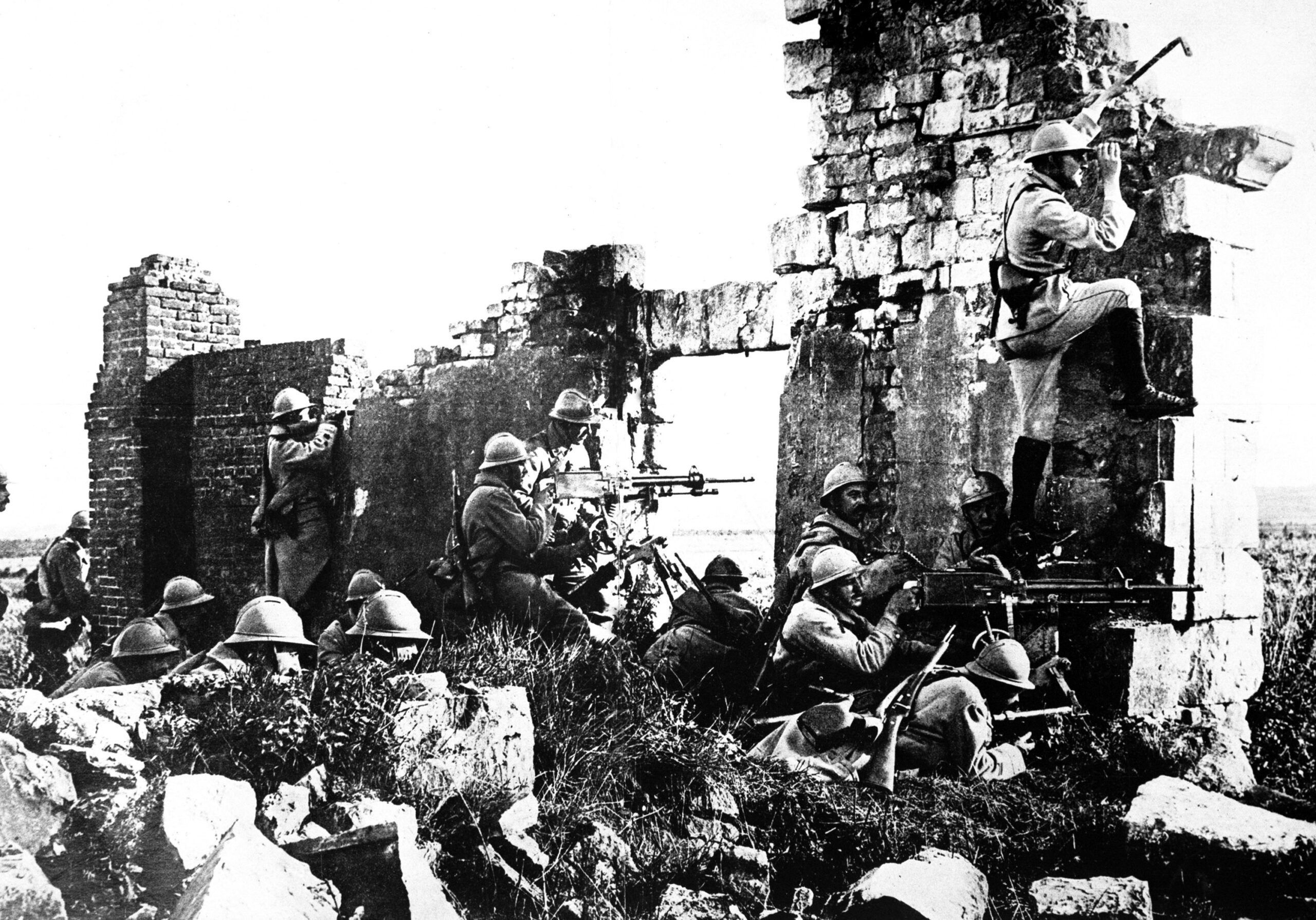
French troopers driving back the Germans. 1918
From Wallpapercave.com
Heroes is one of those words that is bandied about too readily these days, devaluing and diminishing the actions of real heroes. The brave young men and women in our Armed Forces, especially those who are serving on the front lines in Afghanistan and Iraq, wake up every morning knowing that it could be their last. These are people who are our true heroes. Serving thousands of miles away from their home and loved ones is tough. In World War 1 and 2, it wasn’t much different. They had even worse conditions, suffered with deadly diseases and infections, and were given protection and technology that hadn’t even been tried or tested.
But we aren’t just remembering those whose lost their life in WW1 & 2, our thoughts are also to remember those who have died in wars since. Afghanistan and Iraq are both deadly wars that are currently ongoing despite them not being classed as ‘Official Wars’. I have great pleasure to say that my aunt helps out the army by working for them to support the troops. She is currently situated in Fallingbostel, Germany where she loves it.
Respecting the brave people that protect and serve for our country daily is so easy and painless. Simply purchase a poppy and wear it to show your support and/or stop for 2 minutes on 11/11/11 at (you guessed it..) 11 O’clock to remember those that have died whilst fighting for us. The current Poppy Appeal has raised £1,825,128 and you can add more to that by buying a poppy or donating to them here.
Where did the poppy originate from… The practice of wearing a poppy at this time of year is not solely a British one. Indeed, the adoption of the poppy had a very international birth. In November 1918, a poem by Canadian military doctor, John McCrae, inspired American humanitarian Moina Michael to wear and distribute poppies in honour of fallen soldiers. Two days before the armistice agreement was signed, Ms Michael bought and then pinned a red poppy to her coat. She gave other poppies out to ex-servicemen at the YMCA headquarters in New York where she worked. The poppy was officially adopted by the American Legion at a conference two years later. At the same conference, a French woman named Madame E Guerin saw an opportunity for orphans and widows to raise money in France by selling the poppies. Since then, they have become an international symbol of remembering fallen soldiers, especially in Commonwealth countries.
The Royal British Legion, which adopted the poppy in 1921, distributed 45 million in 2010 in England, Wales and Northern Ireland. This year, it hopes to raise £40m ($64m) in donations, which will be used to assist retired or injured soldiers. The legion in South Africa had 300,000 poppies shipped from England’s poppy factory this year, along with 50 wreaths. Three million poppies are sent to 120 countries outside the UK, says Nick Buckley, head of the legion’s Poppy Appeal. These are mostly for British expats living in countries such as Spain, Germany and France, he says. But the poppies, which are made in a factory in London and sent to British embassies in countries as varied as Argentina, Kazakhstan and Sri Lanka, are sometimes used by the local community as well. In Scotland, about five million poppies are distributed each year by Poppyscotland, but they look slightly different. Unlike the standard two petals and a single green leaf, the Scottish ones have four petals and no leaf. The Scottish poppy pin “is botanically correct”, says Leigh James, spokeswoman for Poppyscotland. There’s also a financial reason for the difference – adding a leaf would cost an extra £15,000 ($24,000) a year.
– Article written by BTP Joe

